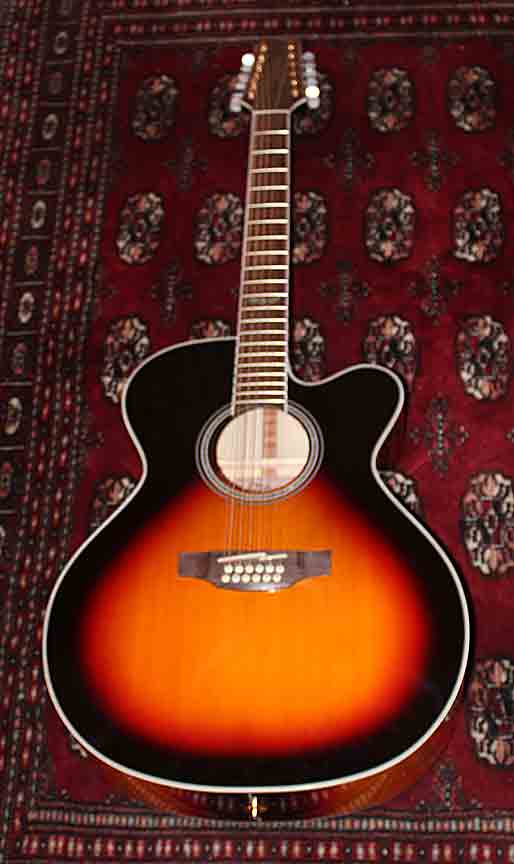rmoretti49
Member
Just wondering if anyone has tried installing one of these on a Guild 12 string.
Interesting I’ve not seen these that I recall but it’s not surprising to me . One thing would be saddle thickness/width was the bridge slot widened?I've got one of these on each one of my Guilds and Taylors:
cool, 'strang! Did you make them yourself, or is that the "Taylor" saddle that was mentioned originally?I've got one of these on each one of my Guilds and Taylors:

Yes, let's. The chocolate creme ones.And let's not even get into double-stuffed Oreos!
What blows my mind is the thickness of the original saddle as is , is it shaped for compensation which varies between years and brands as how to how it compensated or not , this looks like a plop and drop saddle how the heck do they know that this what looks like it is pre cut saddle ( unless I missed something) will set the intonation correctly ?Rayk, I did not have the saddle slot widened though I've heard of people doing that.
Chazmo, I just don't understand how the Taylor saddle helps the problem of the low bass strings sharping up the neck. Different luthiers and techs have made these for me. Fixit made one of them.
' Strang.
What blows my mind is the thickness of the original saddle as is , is it shaped for compensation which varies between years and brands as how to how it compensated or not , this looks like a plop and drop saddle how the heck do they know that this what looks like it is pre cut saddle ( unless I missed something) will set the intonation correctly ?
There’s another issue which could effect some is that on the basis that this sets perfection intonation in standard how will it function on multiple tunings ?
Of course this is a given as to failure as for open tunings go but my point is for this to work the bridge/saddle set itself must be spot on to begin with .
If the saddle set is off , adjustment is needed ie recut and reset the saddle and or changed to a thicker saddle which has more intonation adjustment area . If intonation is off the saddle could be adjusted but it’s limited to the thickness of the saddle itself and we’re back to recutting the saddle slot etc .
Now I’m confusing myself as to what I’m looking at !? Lolis it worth it or is it a gimmick ?
I’m a nut case that asks to many questions ! Lmao
I’m going to bed ! Lol

Lol everyone needs a Rayk it’s like a warm embracing hug ! LolI've been Rayk'd!
This is not the original saddle (I still have that) and I believe this one started as a drop-in bone blank with a pre-compensated B. I think you were absolutely right about that. Getting all the other strings intonated is a pretty labor intensive job for a skilled craftsman with the actual guitar in hand. Each guitar is different so these thing are made one at a time. Heavier gauge strings require more setback which could require a wider slot and saddle.
About your second question, the overall intonation is much better. It's not "perfect", no such thing, really. The main improvement is that you can go way up the neck on the bass strings and stay in tune when they would otherwise go sharp. The strings play more in tune with each other and will do so in any tuning.
You ask is it worth it. I guess that depends. For a player who does rhythm, mostly chording with limited single string work and mostly in first position, maybe not. But for a fingerstylist or lead player, with single strings more exposed it opens doors. 12 stringerites usually don't go too far up the fretboard on the bass side because of the intonation problems. With the bass strings individually compensated you can do that. With the compensated B added the guitar really sounds better and it's easier to tune.
It's worth it.
' Strang